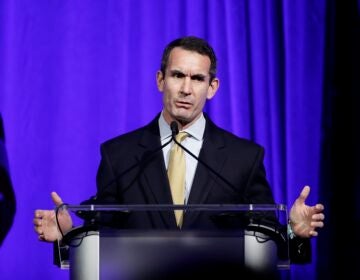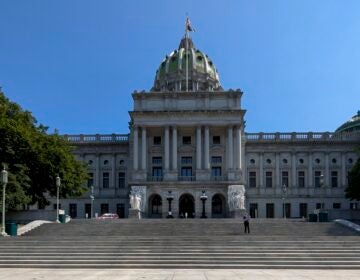Why immigration is a problem for the U.S.
According to the latest jobs report, 8.3 million Americans were officially unemployed in July, of whom 2.2 million were classified as long-term unemployed. Another 6.9 million Americans were involuntary part-time workers unable to find full-time work. And 1.9 million Americans were marginally attached to the work force, including discouraged workers convinced there is no work for them.
The official unemployment rate is a still high 5.3%. But for African-Americans the unemployment rate is 9.1%. American teenagers looking for work have an unemployment rate of 16.2%. For African-American teenagers, the unemployment rate is 28.7%. Can we all agree that’s an outrage, and at the root of the concern that “Black Lives Matter”?
In 2015 more than 46 million Americans are on food stamps, now called SNAP, the Supplemental Nutrition Assistance Program. That’s more than one in seven Americans who need food stamps to meet their basic nutritional needs, up from 39 million is 2009 and 17 million in 2000.
Americans struggle with stagnant wages, rising inequality, increasing personal debt, and reduced opportunities for their children, even as the economy expands and the stock market regularly hits new highs. Some say the solution is to further grow the economy by reducing taxes and regulation. Others say the government should just force private employers to pay higher wages.
Here’s a third solution: reduce immigration. Start by enforcing existing immigration laws, of which the Supreme Court has recognized that the “primary purpose in restricting immigration is preservation of jobs for American workers.” Let’s reconsider whether the U.S. every year must issue more green cards for legal permanent immigrants than all the rest of the nations of the world combined, including 80% of the world’s permanently re-settled refugees.
Government data shows that 9.3 million new jobs have been added to the U.S. economy from 2000 through 2014, but that 18 million new immigrants, legal and illegal, entered the U.S. during that time, even as the native population also grew.
The Pew Research Center has projected that U.S. population will increase to 438 million by 2050 if nothing is done, from just over 300 million today, and that 82% of the increase will be due to 21st century immigrants and their descendants.
In Philadelphia we don’t have enough money to fund our public schools. Across the country we don’t have enough money to repair our roads, bridges, and other infrastructure. And we seem to be running out of water, not only in California but throughout the west. How will another hundred million American residents affect water and energy consumption, social services, and the environment?
The world is awash in migrants understandably seeking better opportunities and lives for themselves and their families in countries not their own. Americans must decide if borders, citizenship, and the nation-state still have meaning in the 21st century, and whether we have a greater obligation to improve the lives of our fellow citizens just because they are our fellow citizens. We can do that by enforcing the immigration laws and limits enacted by Congress in accordance with the U.S. Constitution.
WHYY is your source for fact-based, in-depth journalism and information. As a nonprofit organization, we rely on financial support from readers like you. Please give today.




